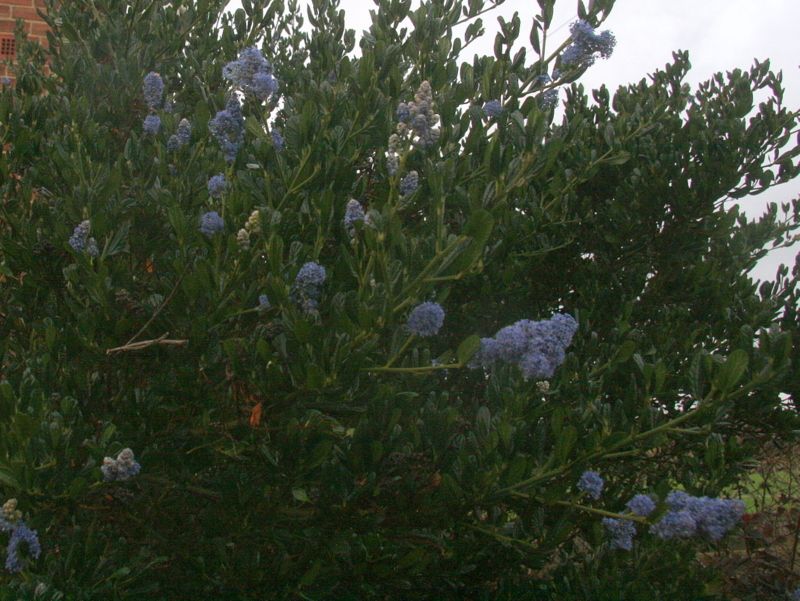- Joined
- Jun 4, 2015
- Messages
- 9,135
- Reaction score
- 15
- Hive Type
- National
- Number of Hives
- 17 nucs....
It's warmer this month than i can ever remember, when walking the dog on a night i'm sweating instead of being cold and the Cianthus is still in flower for the first time ever in December, if that's normal i don't know what is anymore..




















































